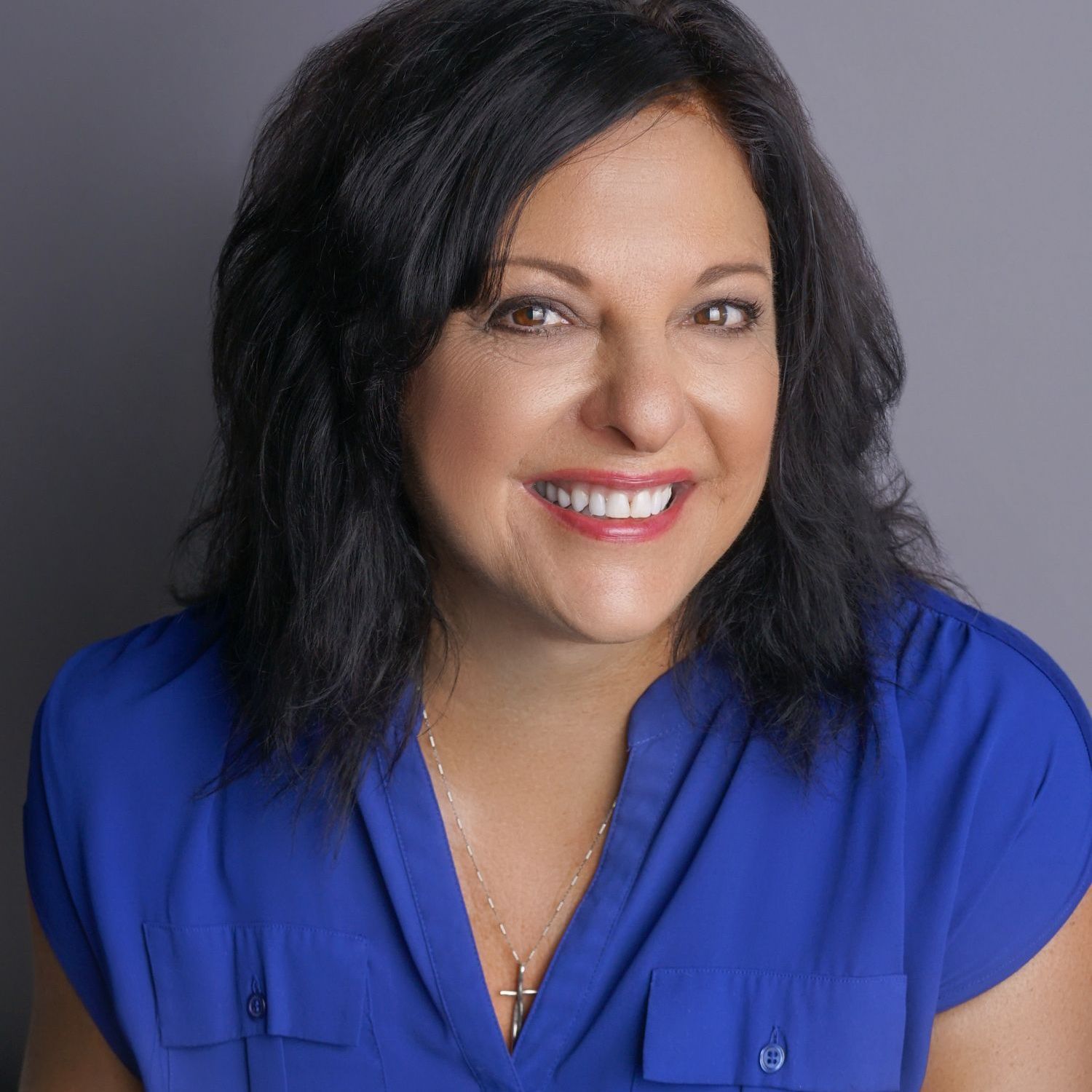Unlocking Home Equity: A Strategic Retirement Tool for Financial Advisors

"I found Linda through a recommendation of a financial advisor. She was more helpful than I ever could've imagined. I was working to help my parents obtain a reverse mortgage to pay for their in-home help and all of their needs. It is a very complicated process with many details, and Linda was compassionate, kind, thoughtful, timely, ethical, and supportive. She went above and beyond in every way, and made the process work for everyone. I cannot imagine anyone being kinder or more trustworthy or professional." ~ Rebeca R.
As a financial advisor, you work hard to help your clients secure a comfortable and stable retirement. But many advisors overlook one of the largest—and often dormant—assets in their clients’ portfolios: home equity. For most seniors, home equity represents their largest source of wealth, yet it’s often treated as untouchable or off-limits.
The truth is, home equity can be put to work to create a more robust and secure retirement strategy. A reverse mortgage—specifically a Home Equity Conversion Mortgage (HECM)—can give your clients the ability to access this wealth without having to sell their home or take on monthly mortgage payments. Not only can this help supplement a dwindling retirement portfolio, but it can also protect the assets you’ve worked so hard to help them grow.
Linda Weilert is an expert in reverse mortgages and has worked closely with financial advisors to help them incorporate home equity into a comprehensive retirement plan. Let’s explore why this strategy makes sense—and why it’s in your clients’ best interest to consider it.
Dormant Home Equity: The Missing Piece of a Complete Retirement Plan
For many seniors, their home is their most valuable asset. According to the National Reverse Mortgage Lenders Association, American seniors hold over $12 trillion in home equity. That’s an enormous pool of wealth—just sitting there, untapped—while many seniors are drawing down their investment portfolios or struggling to keep up with rising expenses.
When you ignore home equity as part of a retirement strategy, you’re essentially leaving money on the table. Here’s why it matters:
- Reverse mortgages allow seniors to tap into their home equity without having to sell the home or take on monthly payments.
- The funds can be accessed as a lump sum, monthly payments, or a line of credit that grows over time.
- The line of credit option provides built-in growth—meaning the longer it remains untapped, the larger it becomes.
- Using home equity to cover living expenses can allow other investments to stay untouched—giving them more time to grow and minimizing the risk of selling off assets in a down market.
Protecting Your Clients' Portfolios—and Your Business
When your clients start depleting their retirement accounts to cover daily expenses, it not only reduces their long-term security—it also reduces the assets under your management. And when assets shrink, so do the fees and commissions you earn.
A reverse mortgage can help protect those assets:
Reduce Portfolio Drawdown
– By using home equity to cover expenses, clients can leave their retirement portfolio intact, giving it time to recover from market downturns.
Avoid Selling in a Down Market
– Tapping into home equity allows clients to avoid selling investments at a loss when the market is down.
Maintain Liquidity – A reverse mortgage line of credit provides access to funds that can be tapped into during emergencies or market fluctuations—without depleting other assets.
For example, if a client has a $300,000 portfolio and needs $2,000 per month to cover expenses, they would draw down $24,000 per year from their portfolio. If they instead used a reverse mortgage to cover those expenses, they could leave that $24,000 invested—potentially generating returns rather than reducing their long-term security.
The Reverse Mortgage Line of Credit Strategy
One of the most powerful (and most misunderstood) aspects of a reverse mortgage is the line of credit growth feature.
When a client establishes a reverse mortgage line of credit, the unused balance grows over time, increasing their borrowing capacity. This growth rate is tied to the interest rate of the loan—so in a rising rate environment, the available funds grow even faster.
- If your client establishes a $100,000 line of credit at 6% interest, the available balance will grow to approximately $106,000 after one year—even if they don’t touch it.
- After five years, the available balance would grow to approximately $133,822—without the client making any payments or withdrawals.
- This gives clients more financial flexibility and greater peace of mind, knowing they have a growing safety net to fall back on.
Many financial advisors are surprised to learn that the line of credit strategy can actually increase the equity available to their clients over time. This makes it a powerful tool for both liquidity and long-term financial security.
Overcoming the Stigma Around Reverse Mortgages
For years, reverse mortgages have had a less-than-stellar reputation among financial professionals. Many financial advisors have historically viewed reverse mortgages with skepticism—often based on outdated information or misconceptions about how they work. In the early days, reverse mortgages were poorly regulated, and there were cases where seniors and their families were caught off guard by unexpected loan terms. But that’s no longer the case.
Today’s reverse mortgages—especially Home Equity Conversion Mortgages (HECMs)—are highly regulated by the federal government and designed to protect the borrower. Yet, many financial advisors continue to look down their noses at reverse mortgages, assuming they are a last resort for broke seniors or a risky financial move. That couldn’t be further from the truth.
The reality is that reverse mortgages have evolved into a strategic financial tool that can protect retirement portfolios, increase cash flow, and provide a safety net for seniors. The built-in safeguards—such as mandatory counseling, non-recourse terms, and flexible payout options—make reverse mortgages one of the most senior-friendly financial products available today.
What many advisors overlook is the significant impact a reverse mortgage can have on protecting other retirement assets. When seniors tap into home equity to cover expenses instead of drawing down their portfolios, it allows their investments to stay intact and grow over time. This reduces the risk of selling off assets during market downturns and gives clients more financial flexibility in retirement.
Advisors who take the time to understand how modern reverse mortgages work are often surprised at how much they can enhance a client’s overall financial picture. Reverse mortgages aren’t about “giving up” the home or saddling heirs with debt—they’re about unlocking the full value of a client’s largest asset and using it strategically to improve financial security.
Why It’s in Your Client’s Best Interest to Discuss It
As a financial advisor, you have a fiduciary responsibility to help your clients make the best financial decisions for their future. Ignoring home equity as part of the retirement conversation is a missed opportunity—not just for your clients, but for your practice.
- It allows clients to live more comfortably and with less financial stress.
- It protects their other assets, giving them time to recover from market downturns.
- It provides liquidity without requiring clients to sell other investments.
- It creates a long-term safety net through the growing line of credit.
Reverse mortgages are highly specialized financial products. Working with an experienced, trusted professional is critical to ensuring your clients are making the right decision. That’s where Linda comes in.
- Linda has 17 years of experience helping seniors and financial professionals integrate reverse mortgages into retirement strategies.
- She works closely with financial advisors to educate them on the nuances of HECMs and reverse mortgages.
- Linda provides clear guidance and ongoing support throughout the process to ensure your clients feel comfortable and informed.
- She’s committed to helping your clients unlock the full potential of their home equity while protecting their long-term financial security.
Why Partner with
Linda Weilert

Let’s Start the Conversation
Home equity is one of the most overlooked sources of retirement wealth—but it doesn’t have to be. Partner with Linda Weilert and discover how a reverse mortgage could give your clients greater financial freedom, protect their investments, and enhance their retirement outlook.
Reach out to Linda today to schedule a strategy session and explore how reverse mortgages can become a valuable part of your client’s financial plan.
Ready to Get Started or Have Some Questions?
Tell us a little bit about you in the confidential form below. Linda will get in touch with you right away!
Contact Us
Thank you for contacting Linda!
We will get back to you as soon as possible.
Please try again later.
Linda Weilert
Ph: 408)656-3751
NMLS#719190
Reverse Mortgage Branch Manager
14127 Capri Dr Suite 2, Los Gatos, CA 95032

All Rights Reserved | Linda Weilert
Website Happily Designed and Managed by Wordflirt
MORE INFORMATION
Licensed by the California Department of Financial Protection and Innovation under the California Residential Mortgage Lending Act.
NMLS # 719190 | Licensed through Cross Country Mortgage NMLS3029 MB.803095AZ 2160 Superior Av. Cleveland, OH 44114
Equal Housing Lender | © 2025 Linda Weilert, Reverse Mortgage Specialist and Branch Manager. All Rights Reserved.
Reverse Mortgage Disclaimer: A reverse mortgage is a loan that must be repaid when the last borrower no longer resides in the home, the property is sold, or the borrower fails to meet loan obligations such as paying property taxes and homeowners insurance or maintaining the property. Failure to meet these obligations may result in foreclosure. Not all borrowers will qualify. Terms and conditions apply. Consult with a tax advisor for potential tax implications and with a financial advisor for any impact on government benefits.
This is not a commitment to lend. Terms and conditions are subject to change without notice.
For additional information visit www.nmlsconsumeraccess.org